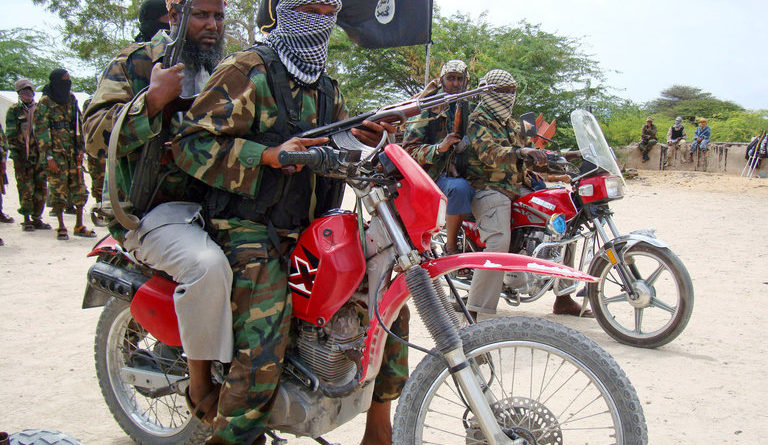How America and the West Got Wrong on Somalia
Nairobi — During my first trip to Mogadishu, Somalia, on my last night in town, as I was packing up my things, someone unexpectedly knocked on my door.
It was the hotel manager, and at first I thought he had come to settle the bill, but he remained silent in the doorway in a way that caught me off guard. I looked up from my mess of computer cords and chargers and sweaty clothes scattered across the floor.
“Abu Mansoor’s looking for you,” he said.
“Abu Mansoor?” I gulped.
“Abu Mansoor.”
“Me?”
“You.”
In this town, you didn’t want Mukhtar Robow, known by his nom de guerre, Abu Mansoor, looking for you.
He was a leader of al-Shabaab; people spoke of him in hushed tones that conveyed reverence and fear. It would be much better if Abu Mansoor didn’t know who you were. Or where you were staying.
I followed the manager downstairs, eyes locked on his back. As soon as we walked into the reception room, the manager turned around and disappeared. Abu Mansoor stood waiting for me, flanked by two boy soldiers. He had a prayer bruise on his forehead, something you get only by banging your head against a prayer mat thousands of times. He wore a long shirt and short pants that stopped above the ankle — like capri pants, a Salafist interpretation of a cryptic clause from one of the Hadiths that says, “Whoever trails his garment on the ground out of pride, Allah will not look at him on Judgment Day.” With bright eyes, he motioned toward a table where two bottles of orange Fanta sat, one for him and one for me. The boy soldiers watched me closely.
“Please,” Abu Mansoor said.
I sat down and took a quick, nervous sip, the soda tasting sweeter because of the circumstances. I’ll admit it: I derived a slight thrill from sharing a Fanta with a real militant. “I heard you were asking a lot of questions about the Islamists,” Abu Mansoor said.
Before I could answer, he reached down under the table. The spit in my mouth dried up. I was sure he was going to pull out a gun.
THIS WAS THE FALL of 2006, just months before a failed American-backed effort to crush Islamist “aggression,” when there was a rapidly shrinking sliver of an opportunity to bring peace to Somalia. Somalia. I know what Americans see when they hear that word, because I, too, saw it before I ever actually set foot here: pirates and starving people, shot-up buildings and lifeless sand landscapes, AK-47s and battered jeeps, anarchy and ruin. Somalia seems to represent angry Islam and all that is wrong with the world and a threat to us.
But what I saw on that first trip stunned me, and this is one of the unsung thrills of journalism and maybe life itself, developing a hypothesis of how the world works and having that hypothesis shattered. An alliance of Islamist clerics had just seized Mogadishu. With grass-roots support, they had driven out a cadre of clan warlords who had been covertly supported by the C.I.A. It’s hard to keep a secret in Somalia, a country with an intense oral tradition and a mobile phone network that is amazing given Somalia’s history as a failed state. And so the C.I.A. effort was uncovered quickly and failed. Western diplomats started calling the Islamists the “African Taliban.”
Of course, very few of these diplomats had ever been to Somalia, but I was new and impressionable and eagerly jotted down their comments as if they were facts. So I was surprised when I started exploring Mogadishu to find boys — and girls — in school. One of the first things the Taliban had done when they seized power in Afghanistan was to close girls’ schools, believing that half of humanity deserves to be shuttered in ignorance. But in Mogadishu I saw young couples strolling by the seaside, and men and women working together to lift garbage from the streets. It didn’t seem like window dressing. There were no other foreign journalists in town. This was just normal Somali life, finally resuming.

